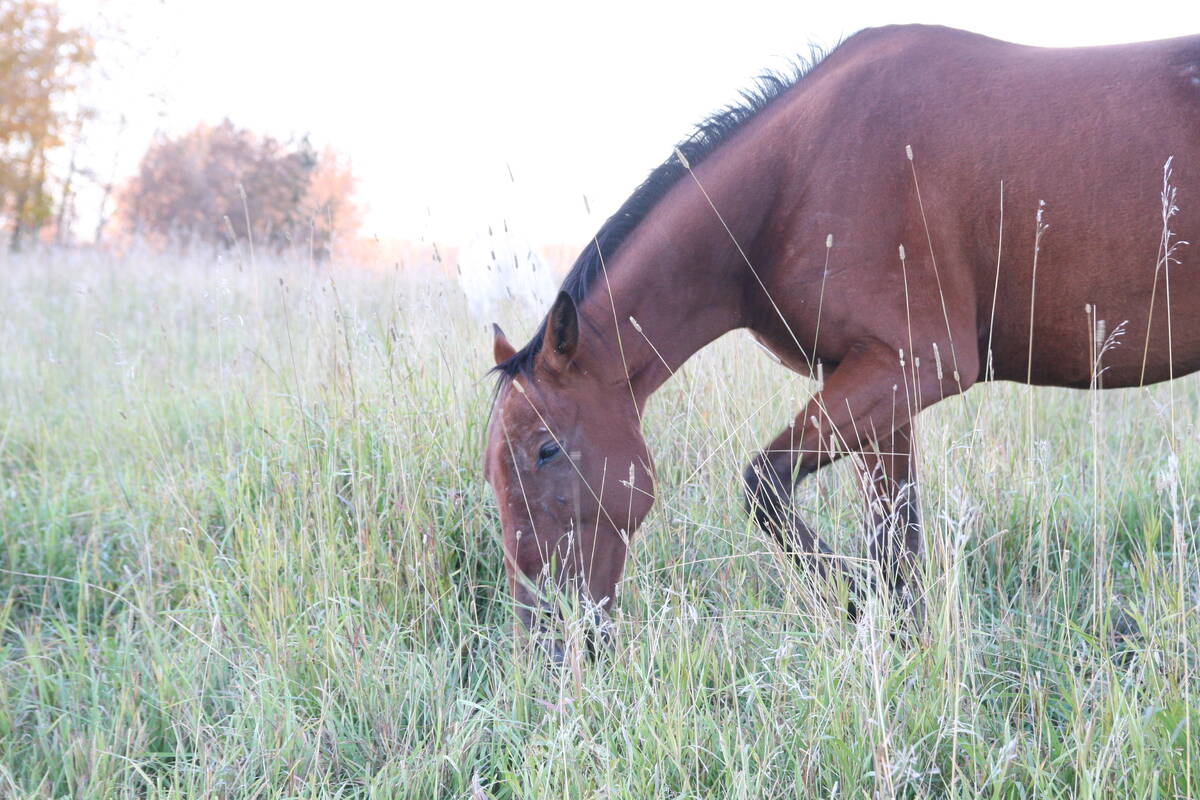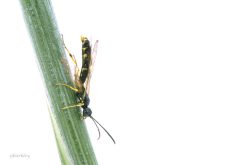There’s not much that producers can do in the event of drought. They’re hostage to nature and hope for enough rainfall to save their crops.
While recent rains in parts of Alberta were helpful, crops will need more moisture this season and there’s no guarantee it will come. But while watching the skies, farmers can also focus on things they can control, says an Alberta agronomist.
“Most producers have put their fertilizer in. They’ve seeded. They’ve probably spent money on herbicides. It’s very hard for them to really make any decisions at this point,” said Jeremy Boychyn with the Alberta Wheat and Barley commissions.
Read Also

Beware giving horses too much iron
Horses consuming too much iron through diet or well water risk health problems like laminitis. Mineral testing forage and water is good practice for owners.
“What they can do right now is continue to assess their crops and check for any issues coming in to make sure there’s no additional stresses on their crop. That way, if we do get rain, there’s some recovery.”
Grasshoppers tend to favour hot, dry conditions so they are pests to watch for, particularly in southern Alberta, which is prone to infestations.
“I’ve been hearing from a number of folks in the southern part of the province that the grasshopper pressure is high. We know that due to May’s warmer conditions that the hatch is moving faster than usual,” said Boychyn.
“We know that grasshoppers are larger than we typically see for this time of year and there’s more of them because we’ve had open falls that allowed them to lay more eggs for longer.
“So the populations are higher, the size and the advancement of those grasshoppers is further along than normal and their distribution — because of the open falls — is larger. So protecting those crops is certainly going to be top of mind for producers in those high pressure areas.”
If the crop is already appears unlikely to produce much, a decision to spray can be discussed with an agronomist and possibly a crop insurance agent, said Boychyn.
“The answer to that question is going to vary greatly depending on the pressure of the insect that’s coming in, the potential value of that crop and whether that crop has been written off by their insurance company or not,” he said.
“If they have grasshoppers coming and they’re staring a three-bushel wheat crop in the face, and it costs them $20 per acre to spray that crop, then it’s very hard to make that economic decision to spend more money on that crop.”
The crop insurance company might also give guidance on the best course of action.
“We are certainly in a dire situation in many parts of the province and there are producers staring down a crop that is likely not going to be producing anything,” said Boychyn.
“But having that discussion with their insurance is going to help make sure they’re making the best decision for the economics of that field and the potential of that crop to make sure they’re not missing out on any opportunities.”
The bottom line is to have a plan whether or not rain comes. If not, the question may be whether the crop is worth harvesting.
“Maybe there’s other market opportunities to move that crop or to work with neighbours with cattle that could feed on that crop.”
A plan is also needed if enough rain falls to salvage a crop.
“If we do get into a situation of moisture, are you going to have to make decisions on harvesting a more variable crop? What’s that going to mean in terms of storage?
“So the best thing they can do right now is start to entertain options in either direction so there’s a plan to work with one way or the other,” said Boychyn.
Little rainfall in much of the province through May and the first half of June is a nightmare for Alberta producers. Many have had insufficient soil moisture since the drought of 2021.
According to the June 6 edition of Alberta’s Agricultural Moisture Situation Update, a hot May further depleted soil moisture reserves following a dry fall and spring.
Regions particularly affected include the western half of the southern region, parts of the central region and portions of the Peace region, all of which experienced 25- to 50-year precipitation lows for May.
“As a result, many crops are currently reliant on timely rainfall for their daily moisture needs,” said the report.
In a June 13 interview, Boychyn encouraged farmers not to count out timely rains quite yet.
“It’s still relatively early in the season … There is recovery that can happen.”
















